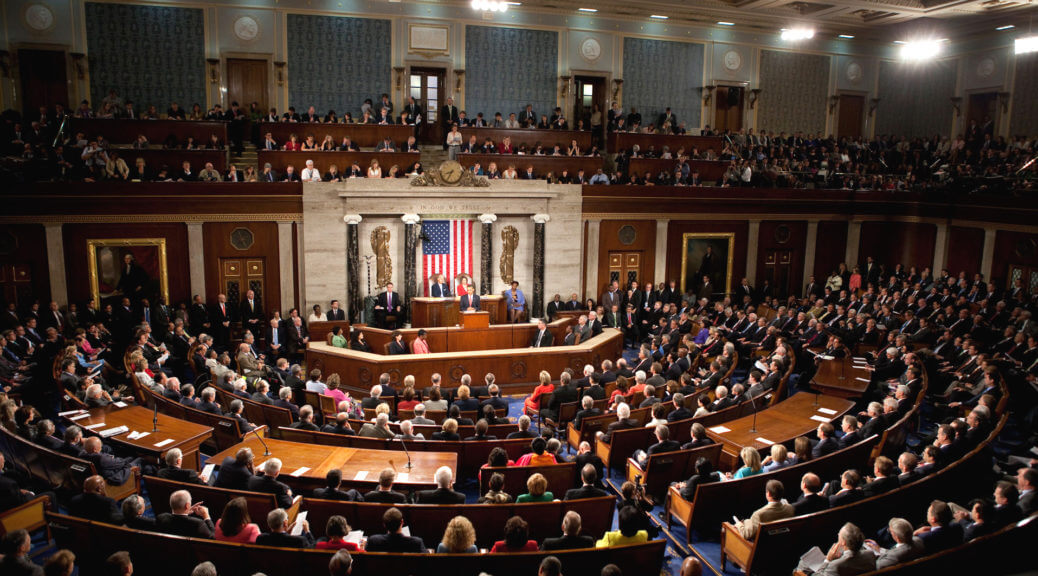What follows is an edited transcript of my conversation with Emily Hamilton about land use regulations’ effects on affordable housing.
Petersen: My guest today is Emily Hamilton. She is a researcher at the Mercatus Center at George Mason University. Emily, thanks for being on Economics Detective Radio.
Hamilton: Thanks a lot for having me.
Petersen: So, Emily recently wrote a paper titled “How Land Use Regulation Undermines Affordable Housing” along with her co-author Sanford Ikeda. The paper is a review of many studies looking at land use restrictions and it identifies four of the most common types of land use restrictions. Those are: minimum lots sizes, minimum parking requirements, inclusionary zoning, and urban growth boundaries. So Emily, could you tell us what each of those restrictions entail?
Hamilton: Sure. So, starting off with the first, minimum lots sizes. This is probably what people most commonly associate with zoning. It’s the type of Euclidian zoning that separates residential areas from businesses and then within residential areas limits the number of units that can be on any certain size of land. And this is the most common tool that makes up what is sometimes referred to as Snob Zoning, where residents lobby for larger minimum lots sizes and larger house sizes to ensure that their neighbors are people who can afford only that minimum size of housing. Continue reading How Land Use Restrictions Make Housing Unaffordable with Emily Hamilton
Subscribe to Economics Detective Radio on iTunes, Android, or Stitcher.











